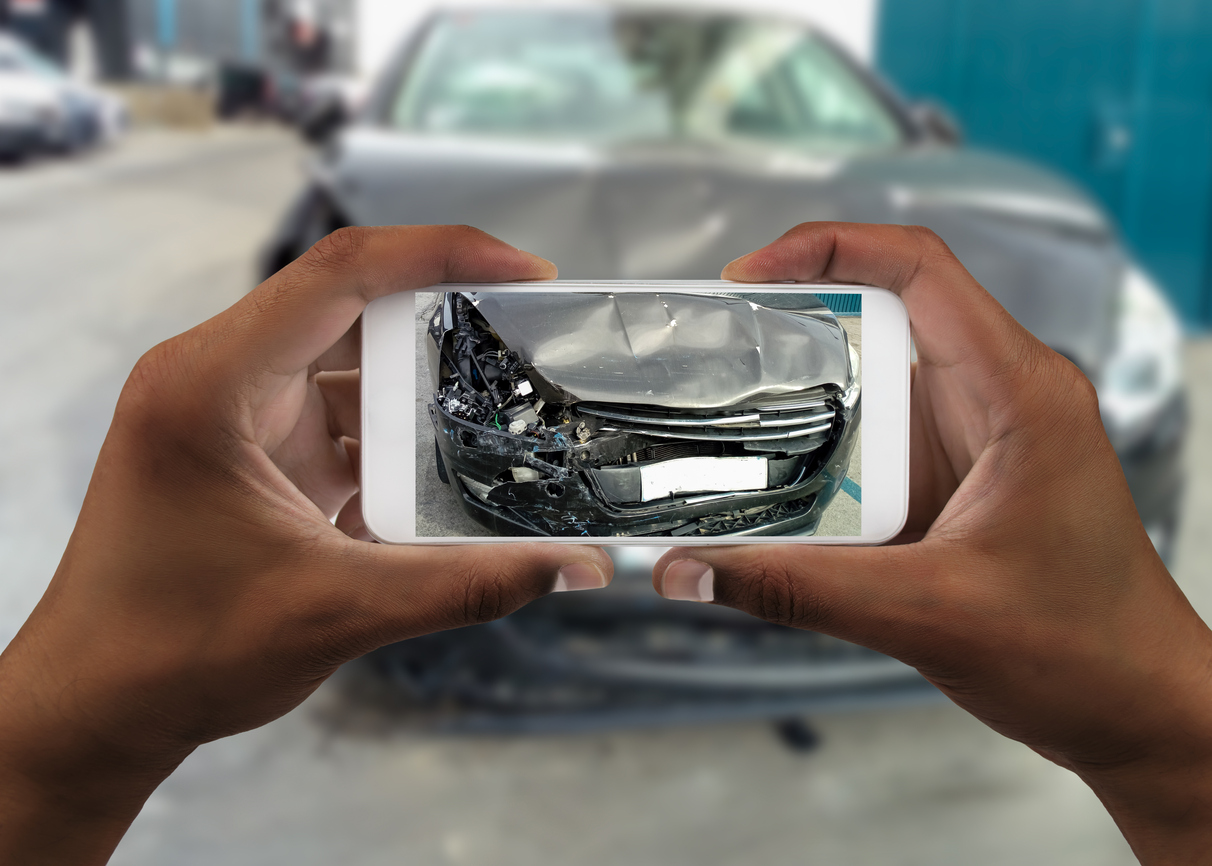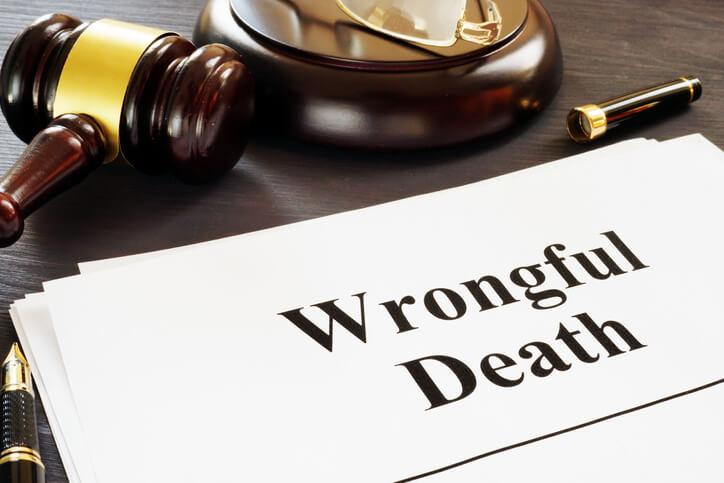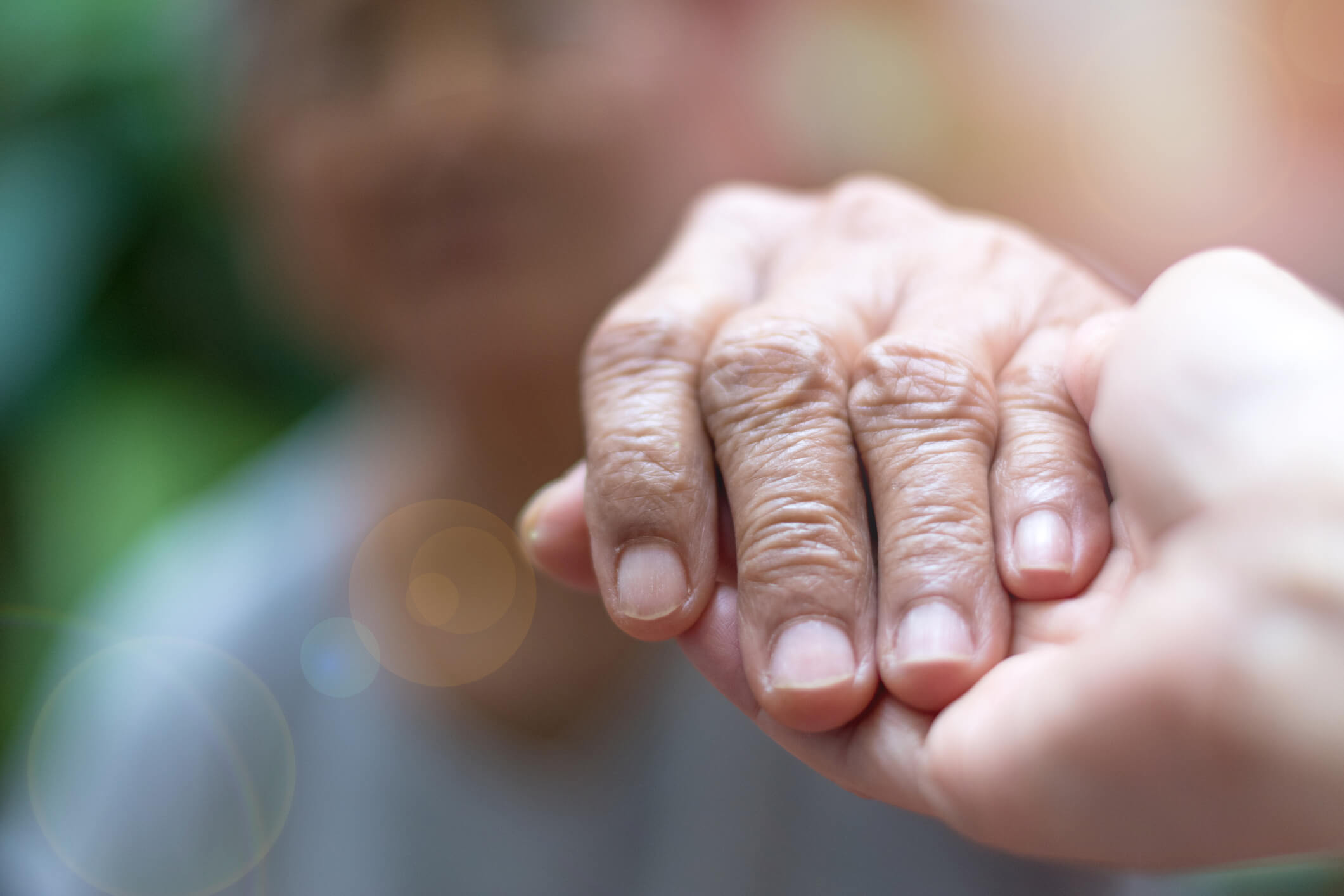Losing a loved one is difficult enough, but when their death results from the wrongdoing of another, it hurts much worse. While money can never bring back a loved one, filing a lawsuit and pursuing compensation for your loss can help ease some of the financial burdens.
It’s tough to place a monetary value on someone’s life, but it’s a necessary step in the wrongful death claim process. Continue reading to better understand wrongful death claims and what factors play a role in determining value.
What is wrongful death?
A wrongful death occurs when a victim dies as a result of another person’s negligent or wrongful acts. If the person had lived through the accident or incident, they would have had the opportunity to file a personal injury lawsuit. Because of their passing, the victim’s family is left to pursue financial recovery for the loss of their loved one.
Not just anyone can file wrongful death claims. In New Mexico, the decedent’s personal representative handles the lawsuit for the benefit of the surviving family. A personal representative is typically appointed in a person’s estate plan, but if the decedent did not designate a representative, the court could appoint one.
Damages for Wrongful Death Claims
The death of a loved one can result in financial strain. Damages for wrongful death claims can help relieve some of this pressure.
The types of damages available commonly depend on the details of the case. However, damages for wrongful death claims can include:
- Funeral and burial expenses
- Medical bills for the decedent’s injuries that resulted in their death
- Lost wages or benefits the decedent could have earned had they lived
- Loss of household financial contributions the decedent could have made
- The decedent’s pain and suffering
- Emotional distress caused by the loss
- Loss of guidance and support
While the personal representative must file the wrongful death lawsuit, the financial recovery goes to the decedent’s estate, which is then distributed to the family. The compensation received can benefit spouses, children, grandchildren, or siblings, depending on the decedent’s family situation.
Factors Affecting the Value of a Wrongful Death Claim
Assigning a value to a case is often one of the most challenging parts; placing a monetary value on life can seem almost impossible. However, to pursue financial recovery for a wrongful death lawsuit, your lawyer must determine what the case is worth to ensure they seek maximum compensation.
To determine how much a wrongful death claim is worth, your attorney will examine several factors, including:
- The decedent’s age and health at the time of the incident
- The amount spent on medical expenses before the decedent’s passing
- The level of pain and suffering the decedent experienced before their death
- The decedent’s income at the time of their death and their earning potential
- The decedent’s educational background or training
- Whether the decedent has any dependents and their ages
- How much was spent on the decedent’s funeral and burial
- Available insurance coverage to provide compensation for the wrongful death
- The defendant’s actions or wrongdoing
- Any economic losses resulting from the decedent’s death
- Any intangible losses resulting from the decedent’s death
Your wrongful death lawyer will consider these and many other details when determining the value of your case. While it is not simple, it is a required step toward financial recovery.
Consult with a New Mexico Wrongful Death Attorney
If you’ve lost a loved one at the hands of another, you may have the right to file a wrongful death claim. Discuss your case with a lawyer as soon as you’re able.
Hunt Law has extensive experience helping New Mexico clients after experiencing the untimely death of a loved one. We’ll stand by you to protect your rights to fair compensation for your difficult loss. Our attorneys never back down from a challenge — we go the extra mile for our clients.
Let us pursue justice on your behalf. Contact Hunt Law today to schedule a meeting with one of our New Mexico wrongful death lawyers.










